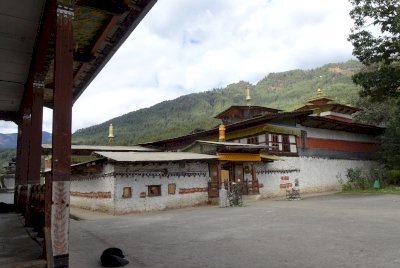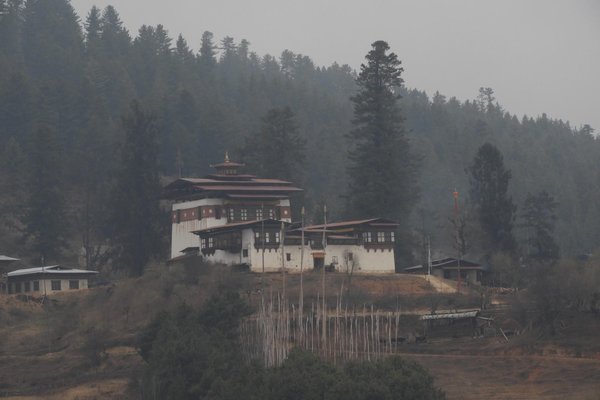Bhutan
Tamzhing Monastery
Site Info
Official Information
- Full Name
- Tamzhing Monastery (ID: 5697)
- Country
- Bhutan
- Status
-
On tentative list 2012
Site history
History of Tamzhing Monastery
- 2012: Added to Tentative List
- Added to tentative list
- Type
- Cultural
- Criteria
Links
- UNESCO
- whc.unesco.org
All Links
UNESCO.org
- whc.unesco.org — whc.unesco.org
Community Information
- Community Category
- Religious structure: Buddhist
Travel Information
Recent Connections
News
No news.
Community Reviews
Show full reviews
Tamzhing monastery is a rather small temple in the Bumthang region of central Bhutan - a region that contains a lot of other temples, monasteries and holy places. Its claim to fame are the association with the buddhist saint Pema Lingpa, and the wall paintings, which seem to be the original ones from the building period of the temple (around 1500 CE).The visiting experience is rather unremarkable. The temple is quite small. It is neither the biggest temple, nor the most beautiful or important one of the area, not to mention of the whole country of Bhutan. It is also not a particular old temple, as the much older Jambay Lhakhang temple is just a few kilometers away. Like most of the temples of Bhutan, the monastery is quite nice to look at and has a lot of athmosphere - it's certainly not a bad visiting experience. However, the average visitor coming to this place will already have seen a lot of other temples and sacred sites in Bhutan and will wonder what is so special about this one. The religious connection to the saint seems to me to be a rather weak argument - many of the sacred sites in Bhutan can claim a connection to an important religious figure of the past. There is almost always a great master who inspired, created or even wished the site into existence. Who can say that one saint is more important than any other saint ? The second argument for an …
Keep reading 0 comments
